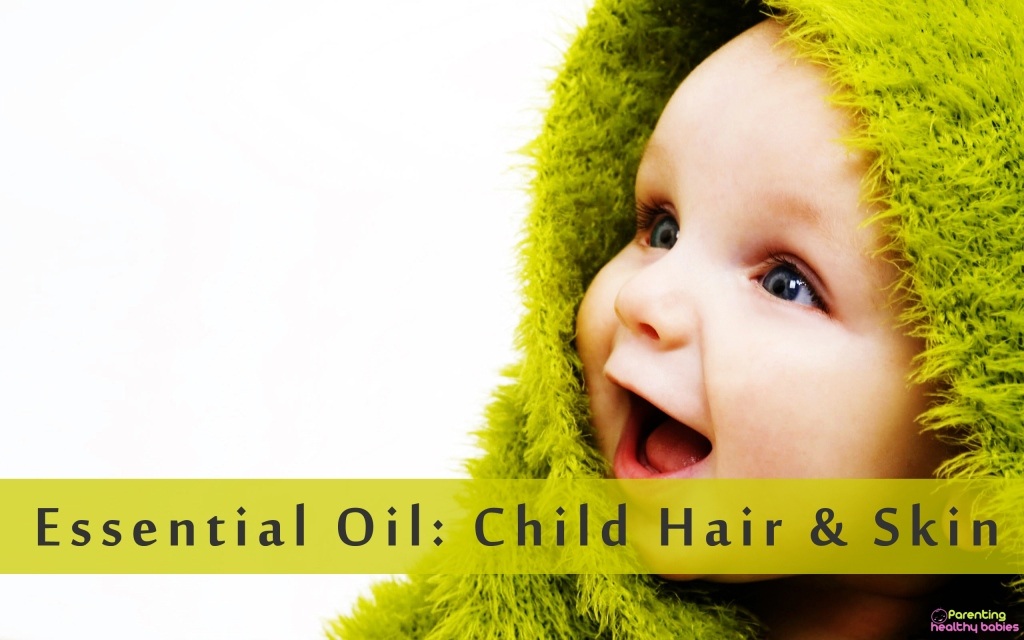Hearing loss in children can happen at any point of growth, from birth and infancy to later in childhood. Even though sometimes it can happen because of a genetic component, the majority of children with hearing impairment are born to parents and families with normal hearing. You can discover that your baby has this condition at birth, or it may be diagnosed later in the growth stage. Either way, seek help for your child early enough to prevent further damage and keep them on a par with kids of the same age.
In This Article:
- What Is Childhood Hearing Loss?
- Possible Causes of Hearing Loss in Children
- Symptoms of Hearing Loss in Children
- Diagnosis of Hearing Loss in Children
- Treatment of Hearing Loss in Children
What Is Childhood Hearing Loss?
Based on the hearing test results, a child is diagnosed with hearing loss if they cannot hear sounds below specified volume levels. This can happen either in one ear (unilateral) or both ears (bilateral).
The minimal threshold often ranges between 15 to 20 decibels of sound, mostly the sound of people whispering or rustling leaves. Hearing loss in children can be mild, moderate, severe, and profound, whereby a child cannot hear sounds below 81+dB. If the child can’t hear virtually any sound, they have profound deafness.
Possible Causes of Hearing Loss in Children
Possible causes of hearing loss in babies and other children include:
- Otitis Media – Most babies experience middle ear infections because their Eustachian tubes, which link the middle ear to the nose, are often not fully formed. Fluids may build up around the eardrum, resulting in infections. If you fail to take the child for a checkup at HearCanada in time, the fluid may remain for the longest time, leading to permanent hearing loss.
- Injury or Illness – Illnesses like measles, encephalitis, chickenpox, meningitis, and even flu can lead to hearing loss in young children. Other causes may include some medications, head injuries, and very loud noises.
- Problems at Birth – A child can be born with a hearing impairment. In most cases, it is linked to the child’s genes, or sometimes it develops during pregnancy or prenatal care. A pregnant woman with a certain medical condition like preeclampsia or diabetes can also give birth to a child with hearing loss. Premature birth is another risk factor.
Symptoms of Hearing Loss in Children
As your child continues to grow, you will be the first one to notice if they have problems picking up on sounds. Here are the primary early symptoms to look out for:
- Unresponsiveness to louder noises
- No quick response to your voice
- Communication difficulties
- Falling back in speech development or speech delays
- Difficulty adhering to directions
- Listening to radio or television at a louder sound than other family members
- Behavioral problems
- Infant not seeking to detect where the sound comes from
- The infant is not babbling or trying to experiment with sounds
If your child has Otitis Media or fluid in ears, you may notice these signs:
- Ear pain
- Mild to severe fever
- Always requesting you to increase radio and TV sound
- Problems understanding direction
- Little energy
- Being cranky constantly for no clear reason
Diagnosis of Hearing Loss in Children
In most cases, newborns undergo hearing tests before they are released to go home. It’s probably because the laws in many states require hospitals to perform hearing tests on all infants. Other hospitals only test those infants facing potential risks of hearing problems. For instance, those born in families with a history of deafness.
A hearing loss screaming is painless and simple. It can even be done to babies when they are asleep. A trained and experienced audiologist performs an auditory evaluation, which is a full hearing test. The different testing types involved include:
- Otoacoustic Emissions (OAE) Test – This test checks the inner ear’s response to sound.
- Auditory Brainstem Response (ABR) Test – Also referred to as the Brainstem Auditory Evoked Response Test, it examines how the brain responds to sound.
- Behavioral Audiometry Evaluation – The test is aimed at assessing the functioning of all ear parts and how quickly the child is responsive to different degrees of sounds. The procedure requires the child to be awake.
Treatment of Hearing Loss in Children
If diagnosed early, hearing loss can be treated, and the child can lead a normal life again. The ideal treatment for a child with hearing difficulties depends on the exact cause of the problem and the extent to which the child can’t hear. Some of the most common treatment options include:
- Hearing Aids – Children as young as one month old can use pediatric hearing aids to help them hear again.
- Cochlear Implants – These are electronic devices inserted in a child’s inner ear. They are often meant for those children with severe hearing problems.
- Bone-anchored Hearing Systems – Those who benefit from this hearing treatment are mostly children with severe middle or outer ear malformations, like atresia and microtia, and those with single-sided deafness.
- Ear Tubes – Ear tubes are mostly administered to children with severe otitis media to help drain the fluid from their ears, preventing ear infections.
If your child is experiencing any of the symptoms stated above, seek help and guidance from a hearing specialist. Your child will be diagnosed and the appropriate treatment administered. Hearing loss in children can be treated depending on the problem’s cause and damage extent.
Sources:













